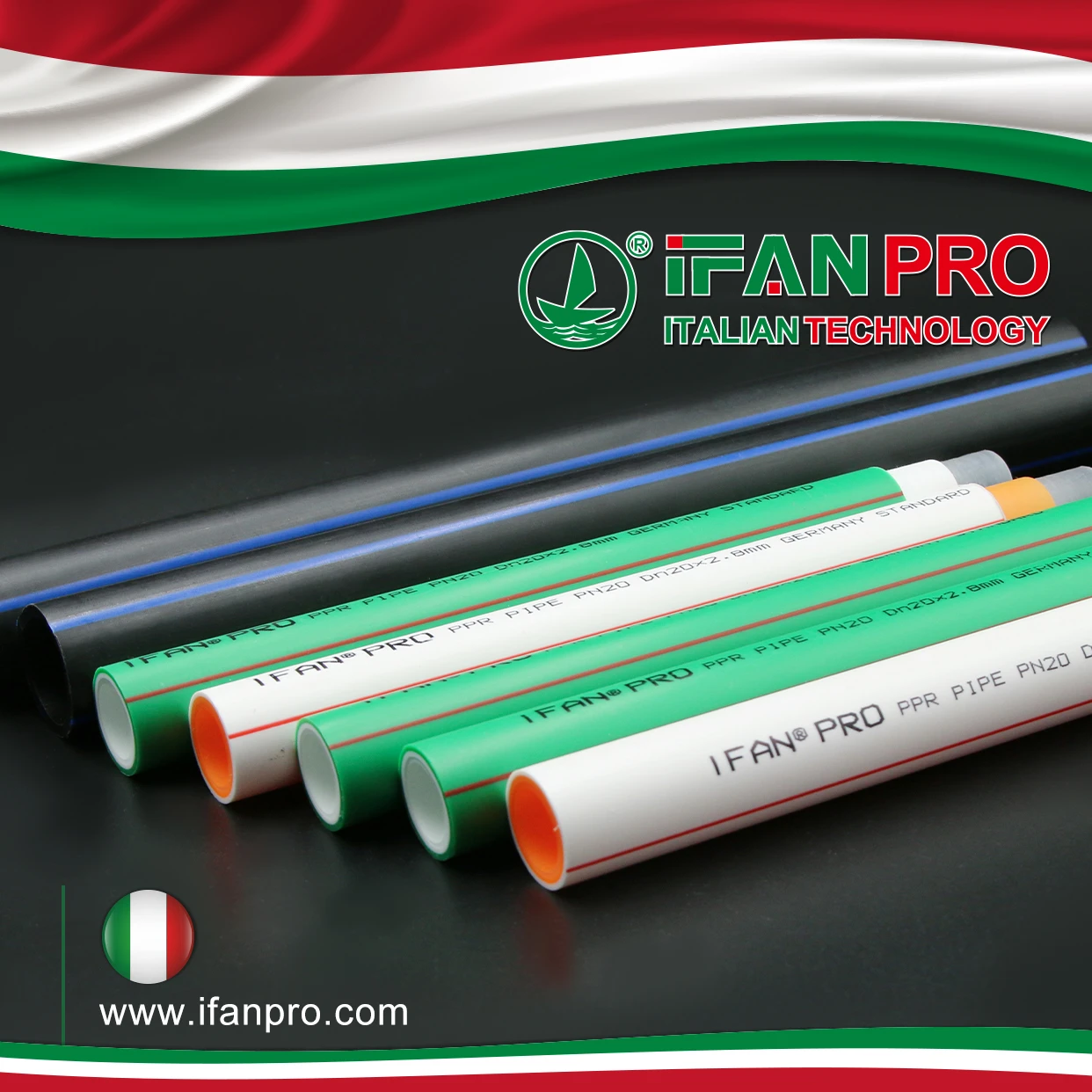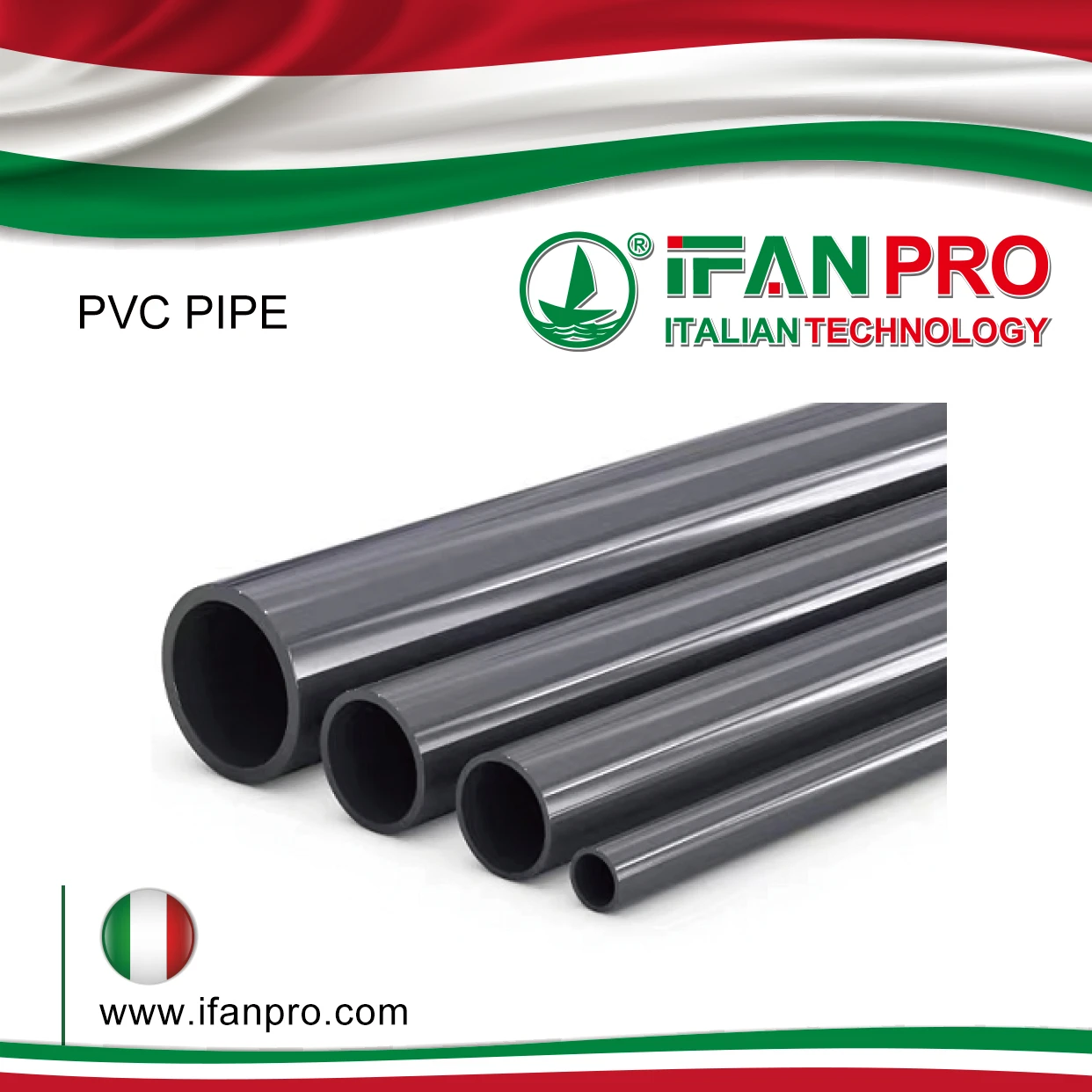
In a chemical processing plant I consulted with, PVC pipes handling chlorine-based chemicals degraded significantly over two years, while PP-R sections remained intact. This real-world example underscores the critical question: PVC vs PP-R Which Resists Chemicals Better? For authoritative insights, reference ASTM D543
PP-R generally offers superior resistance to a wider range of chemicals, including strong acids and alkalis, while PVC performs better against oxidizing agents and certain solvents. However, the specific chemical compatibility varies significantly based on concentration, temperature, and exposure duration, requiring careful evaluation for each application.
Understanding these differences prevents costly material failures in industrial and plumbing applications. Moreover, recognizing how temperature and concentration affect performance ensures long-term system reliability. Let’s examine the specific chemical resistance characteristics of each material.
How Do PVC and PP-R Perform Against Acids and Alkalis in Industrial Applications?

A pharmaceutical manufacturing facility experienced repeated failures with PVC pipes in their acid waste system. After switching to PP-R, the problem disappeared, saving them thousands in replacement costs and production downtime.
PP-R demonstrates excellent resistance to both acids and alkalis across a wide pH range (1-14), while PVC performs well with strong acids but shows limitations with strong alkalis and some weak acids. PP-R’s polypropylene structure provides inherent stability, whereas PVC’s chlorine content creates vulnerabilities in specific chemical environments.
Acid Resistance Comparison
The performance differences stem from molecular structures. PP-R’s carbon-hydrogen backbone remains stable in most acidic environments, making it suitable for hydrochloric, sulfuric, and phosphoric acids at various concentrations. Even at elevated temperatures up to 60°C, PP-R maintains structural integrity against these acids.
Conversely, PVC performs exceptionally well with oxidizing acids like nitric and chromic acids at room temperature. However, it shows poor resistance to concentrated sulfuric acid above 60°C and acetic acid at all concentrations. The chlorine atoms in PVC’s structure create potential reaction sites with certain acids, leading to dechlorination and embrittlement.
Alkali Resistance Performance
With alkaline solutions, PP-R’s advantage becomes more pronounced. It withstands sodium hydroxide, potassium hydroxide, and ammonium hydroxide solutions across all concentrations, even at elevated temperatures. This makes PP-R ideal for chemical processing plants, laboratory waste systems, and cleaning solution applications where strong alkalis are present.
PVC, meanwhile, demonstrates good resistance to weak alkalis but becomes vulnerable to strong alkalis at higher temperatures. The material can experience dehydrochlorination when exposed to concentrated sodium hydroxide above 60°C, leading to discoloration and reduced mechanical strength.
Industrial Application Guidelines
| Chemical Environment | PVC Performance | PP-R Performance | Recommendation |
|---|---|---|---|
| Hydrochloric Acid (<30%) | Good at <40°C | Excellent at <60°C | PP-R for warm acids |
| Sulfuric Acid (50-80%) | Poor above 40°C | Good at <60°C | PP-R preferred |
| Sodium Hydroxide (<50%) | Limited above 60°C | Excellent at <70°C | PP-R for hot alkalis |
| Ammonium Hydroxide | Good | Excellent | Both suitable |
Which Plastic Piping Material Offers Better Resistance to Organic Solvents and Oils?
In an automotive plant’s coolant system, PVC pipes failed within months due to glycol exposure, while PP-R replacements lasted years. This real-world comparison highlighted critical differences in organic compound resistance.
PP-R provides superior resistance to most organic solvents, alcohols, and oils, while PVC offers better performance against certain chlorinated hydrocarbons. PP-R’s semi-crystalline structure resists swelling and dissolution, whereas PVC’s amorphous regions are more susceptible to solvent attack and plasticizer extraction.
Hydrocarbon and Solvent Resistance
PP-R’s hydrocarbon backbone gives it excellent resistance to aliphatic and aromatic hydrocarbons, including gasoline, diesel, and mineral oils. This makes it suitable for automotive applications, fuel oil lines, and lubricating systems. The material shows minimal swelling and maintains mechanical properties even with prolonged exposure.
PVC, however, experiences significant swelling and softening when exposed to many hydrocarbons, particularly aromatic types like benzene, toluene, and xylene. The plasticizers in flexible PVC formulations can be extracted by hydrocarbons, leading to embrittlement and cracking. While unplasticized PVC performs better, it still shows limitations compared to PP-R.
Alcohol and Glycol Performance
With alcohols and glycols, PP-R demonstrates outstanding resistance. It handles methanol, ethanol, isopropanol, and ethylene glycol at various concentrations and temperatures, making it ideal for pharmaceutical processes, chemical manufacturing, and HVAC systems using glycol solutions.
PVC shows good resistance to lower alcohols at room temperature but becomes vulnerable at elevated temperatures. With ethylene glycol, PVC experiences gradual plasticizer extraction and embrittlement, particularly in heating and cooling applications where temperature cycling occurs.
Oil and Grease Applications
For vegetable oils, animal fats, and synthetic lubricants, PP-R maintains excellent long-term performance. Its non-polar structure resists interaction with these substances, preventing environmental stress cracking. This makes PP-R suitable for food processing, beverage production, and industrial lubrication systems.
PVC shows variable performance with oils and greases. While it resists mineral oils reasonably well, it can be affected by vegetable oils and synthetic esters, particularly at elevated temperatures. The interaction depends heavily on the specific plasticizers used in the PVC formulation.
What Certification Standards Verify Chemical Resistance Claims for PVC and PP-R?
After a chemical resistance claim dispute cost a client significant losses, I developed a verification protocol using international standards that now prevents such issues in all our projects.
ASTM D543, ISO 175, and NSF/ANSI 61 provide standardized testing methods for chemical resistance verification. These standards evaluate weight changes, dimensional stability, and mechanical property retention after chemical exposure, offering reliable, comparable data for material selection in specific chemical environments.
International Testing Standards
ASTM D543 represents the most comprehensive standard for evaluating plastic materials’ resistance to chemical reagents. This procedure involves exposing specimens to various chemicals under controlled conditions, then measuring changes in weight, dimensions, and physical properties. The standard provides a systematic approach for comparing different materials’ performance.
ISO 175 specifies methods for determining the effects of liquid chemicals, including water, on plastics. This international standard measures changes in mass, dimensions, appearance, and physical properties after immersion periods ranging from 24 hours to 16 weeks. The results help predict long-term performance in chemical environments.
Industry-Specific Certifications
For potable water applications, NSF/ANSI 61 certifies that pipe materials don’t leach harmful quantities of contaminants into drinking water. This standard includes testing with various waters and disinfectants to ensure material safety and compatibility. Both PVC and PP-R can obtain this certification, but their performance differs with specific water conditions.
In industrial applications, DIN 8077 and DIN 19532 provide German standards for PP-R and PVC pipes respectively, including chemical resistance requirements. These standards are widely recognized in European and Asian markets for quality assurance in chemical applications.
Verification Protocol Implementation
| Standard | Testing Focus | Application Relevance | Limitations |
|---|---|---|---|
| ASTM D543 | Comprehensive chemical exposure | Industrial chemical systems | Short-term testing only |
| ISO 175 | Long-term chemical effects | Permanent chemical exposure | Requires extrapolation |
| NSF/ANSI 61 | Potable water safety | Drinking water systems | Limited chemical scope |
| DIN 8077/19532 | Material quality verification | European market applications | Regional recognition |
How Does Temperature Affect the Chemical Resistance of PVC versus PP-R?
In a geothermal application, we discovered that PP-R’s chemical resistance advantage over PVC increased significantly at higher temperatures, completely changing our material recommendation for the project.
Temperature dramatically affects chemical resistance, with PP-R maintaining performance up to 70°C while PVC begins degrading above 60°C. For every 10°C temperature increase, chemical attack rates typically double, making PP-R significantly more reliable in warm chemical applications and temperature cycling environments.
Temperature-Chemical Interaction Principles
The Arrhenius equation governs how temperature accelerates chemical reactions, including those that degrade plastics. Generally, chemical attack rates double with each 10°C temperature increase. This means a chemical that causes minimal damage at 20°C might cause rapid failure at 60°C. PP-R’s higher temperature tolerance provides a crucial safety margin in these scenarios.
Both materials experience reduced chemical resistance at elevated temperatures, but PP-R’s decline is more gradual. While PVC might show sudden failure at a specific temperature threshold, PP-R typically demonstrates progressive property loss, allowing for more predictable performance and safer operation.
Material-Specific Temperature Limits
PP-R maintains its chemical resistance up to approximately 70°C for continuous operation and 95°C for short-term exposure. The material’s semi-crystalline structure provides thermal stability, while its chemical inertness remains largely unaffected within this temperature range. This makes PP-R suitable for hot chemical processes, industrial heating systems, and solar thermal applications.
PVC’s chemical resistance begins declining significantly above 40°C and becomes problematic above 60°C. The material softens, potentially allowing increased chemical permeation and accelerated degradation. Furthermore, temperature cycling can cause stress cracking in PVC when combined with chemical exposure, particularly with environmental stress cracking agents.
Practical Application Guidelines
For room temperature applications (20-40°C), both materials offer good chemical resistance for their compatible chemicals. However, as temperatures approach 40°C, PP-R begins showing advantages, particularly with acids, alkalis, and organic solvents.
In warm applications (40-60°C), PP-R’s superiority becomes more pronounced. Its wider chemical compatibility at these temperatures makes it the preferred choice for most industrial applications, while PVC requires careful chemical selection and possibly derating of pressure capabilities.
For hot applications (60-70°C), PP-R becomes the only viable plastic piping option for chemical service. PVC should be avoided in these temperature ranges with most chemicals due to rapid degradation and potential catastrophic failure.
Заключение
PP-R generally offers superior chemical resistance compared to PVC, particularly with acids, alkalis, and organic solvents at elevated temperatures. However, PVC maintains advantages with oxidizing agents and in lower temperature applications. Always verify chemical compatibility using standardized testing data specific to your operating conditions, considering both temperature and concentration factors to ensure long-term system reliability and safety.












Последние комментарии